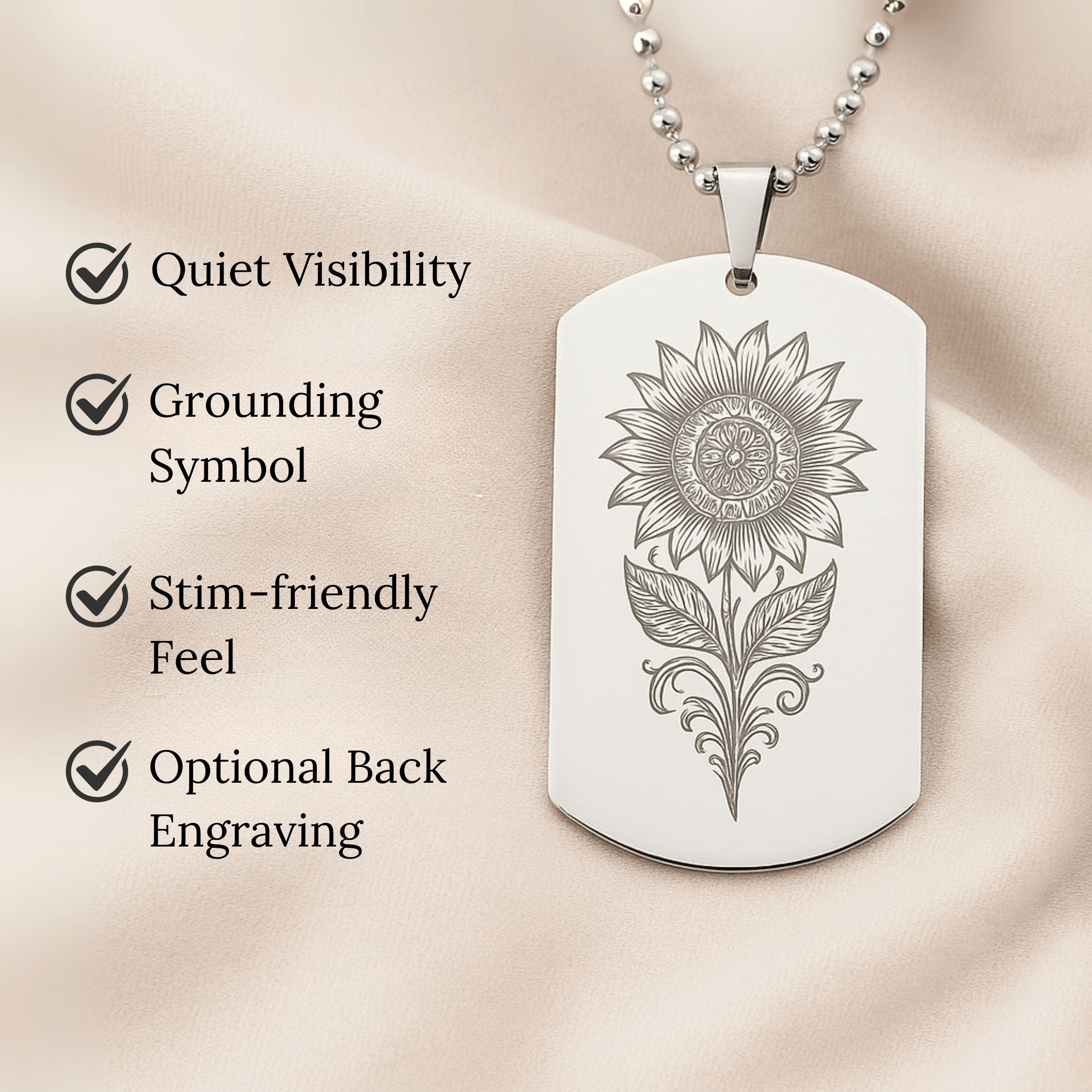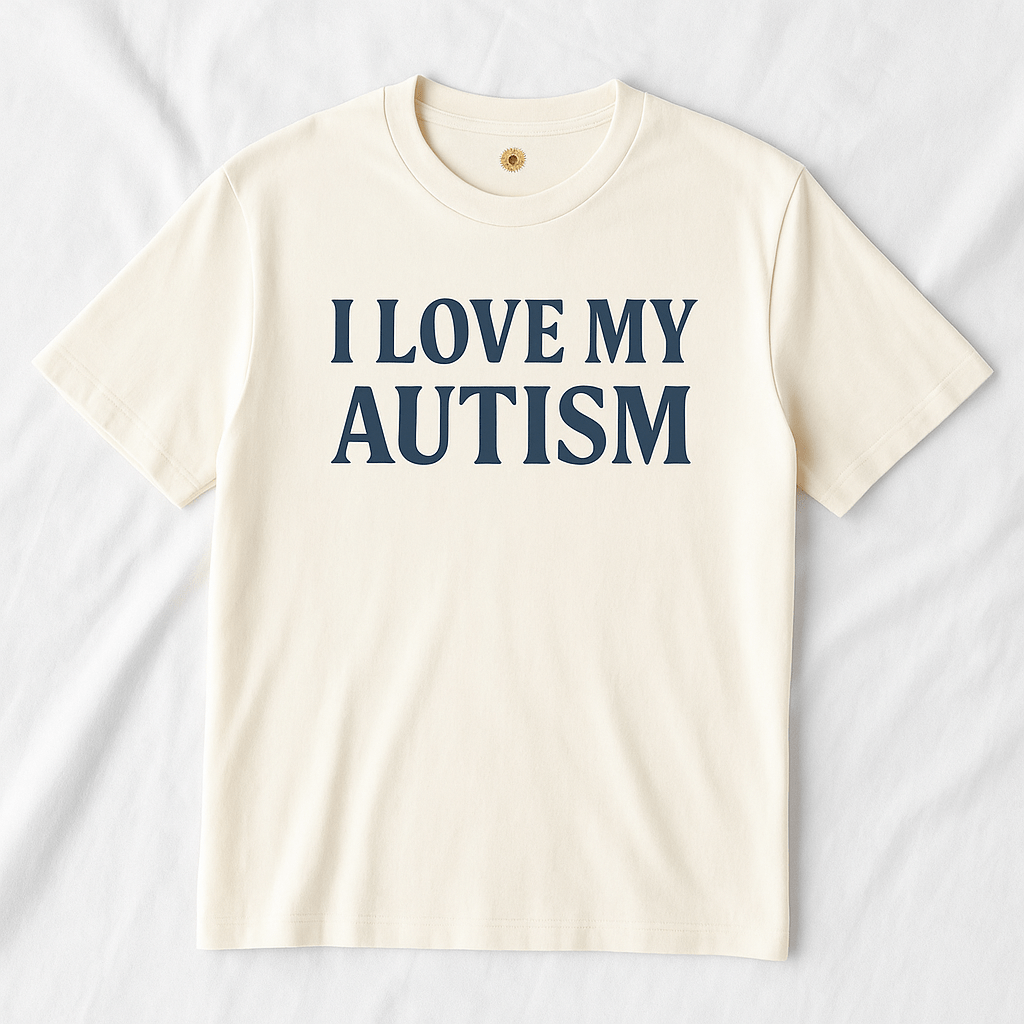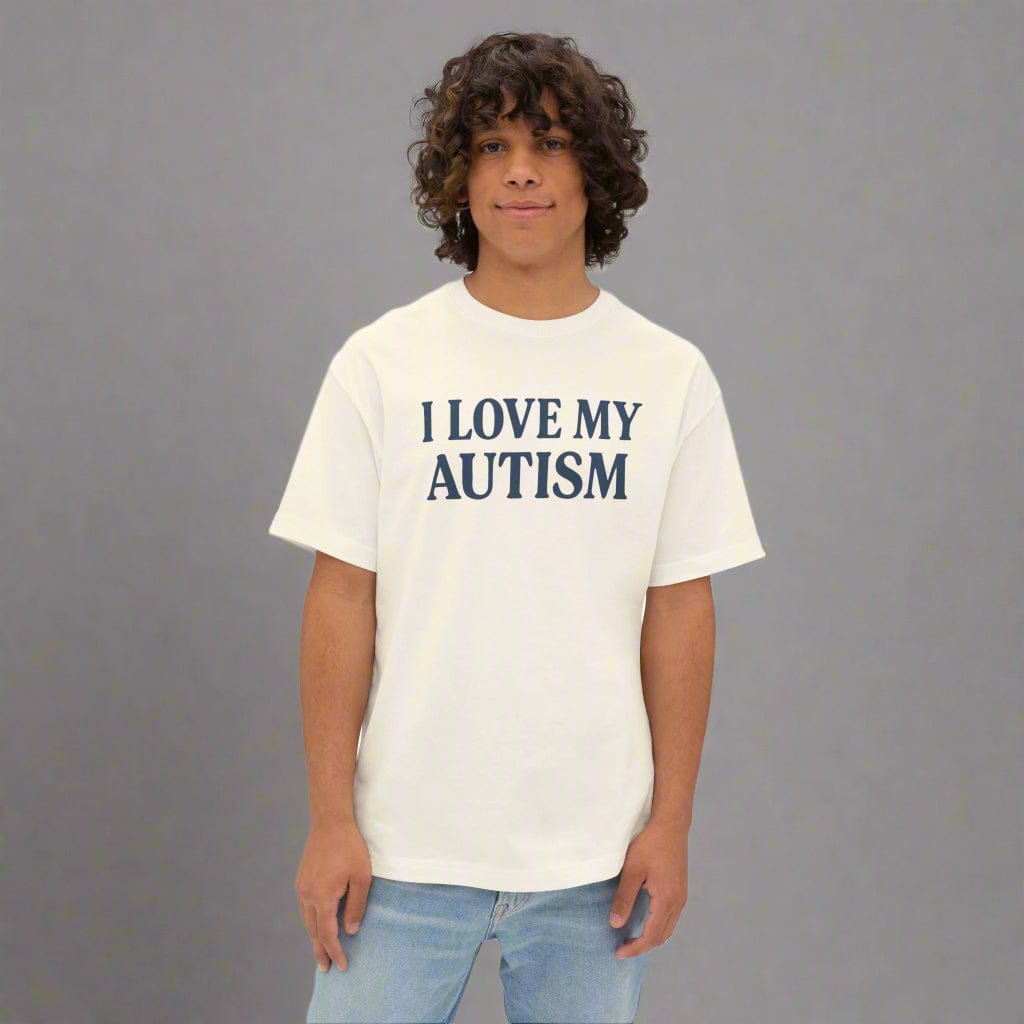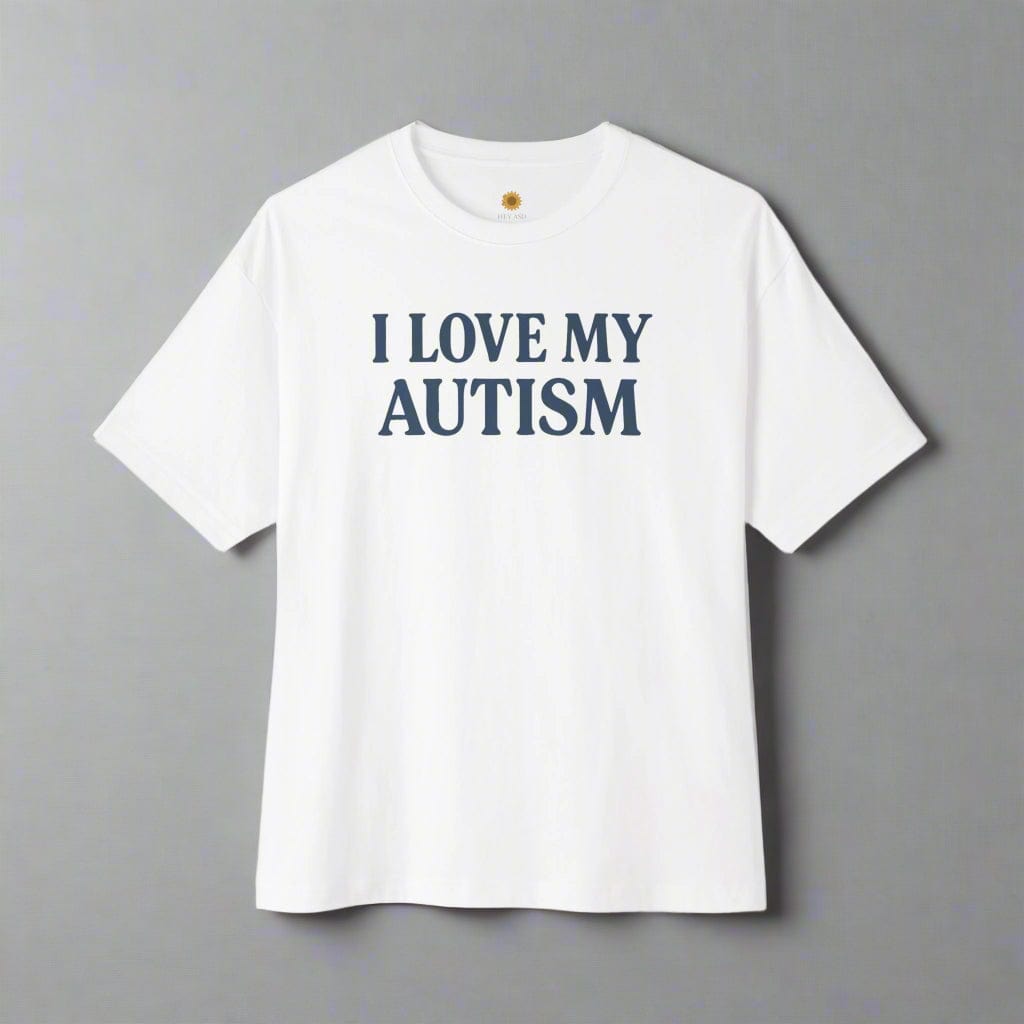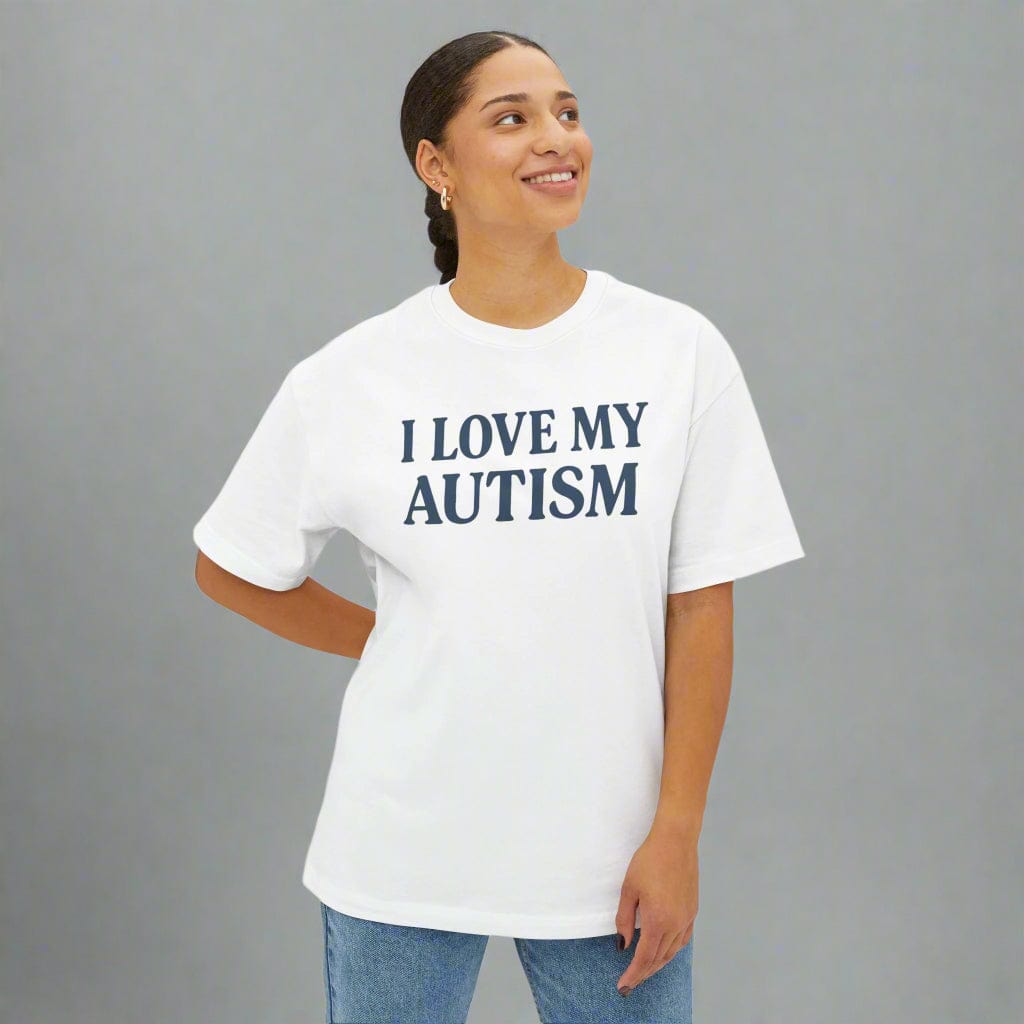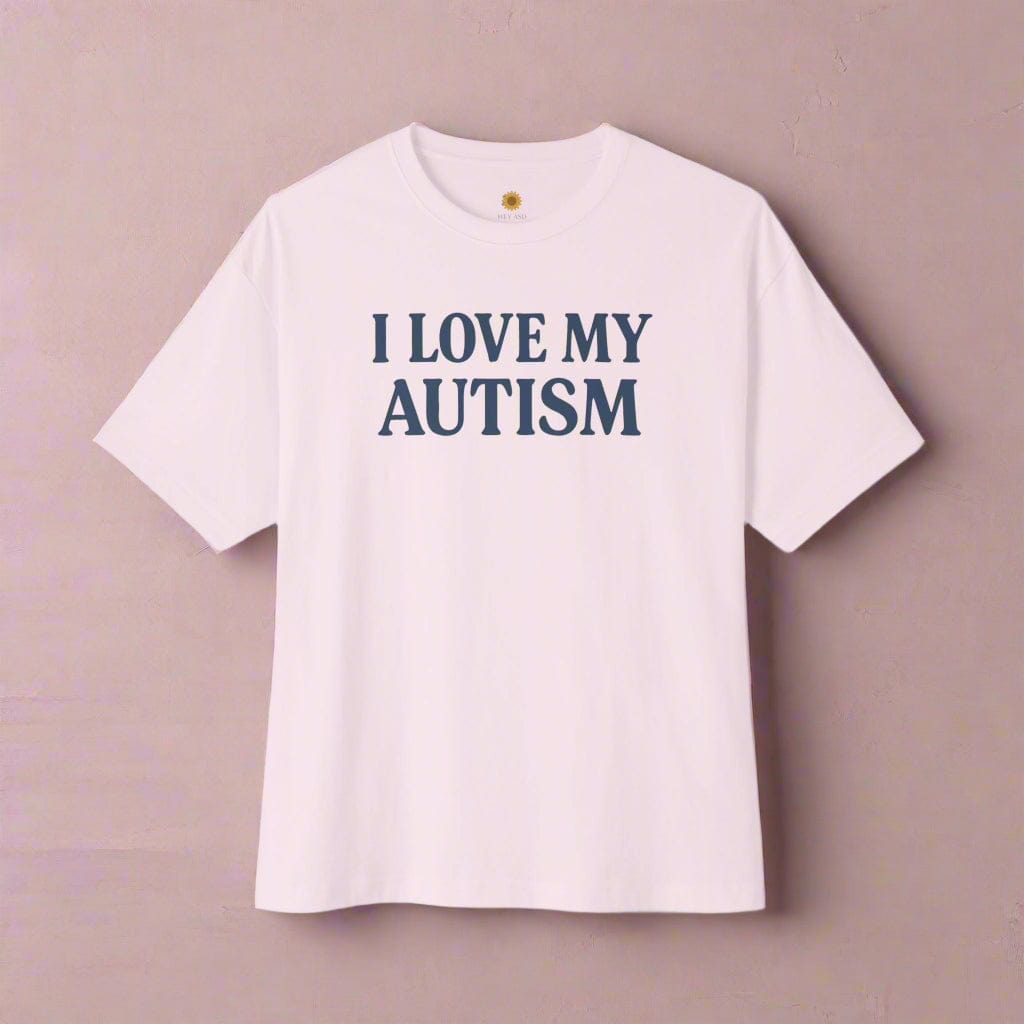Sensory Triggers in Autism: What They Are, Impact & How to Manage

Written by the HeyASD Editorial Team
Living with autism presents unique challenges, and one of the key aspects that individuals on the spectrum often face is sensory processing difficulties. Sensory triggers can have a profound impact on individuals with autism, affecting their daily lives and overall well-being.
In this article, we will explore sensory triggers in autism, their effects, and strategies to support those affected.
Introduction to Sensory Triggers in Autism
Sensory triggers refer to specific stimuli that can cause a heightened response or negative reaction in individuals with autism.
These triggers can be related to any of the five senses: sight, sound, touch, smell, and taste. It's important to note that each person with autism may have different triggers and varying degrees of sensitivity.

Understanding Sensory Processing in Individuals with Autism
To comprehend the impact of sensory triggers, it's crucial to understand how individuals with autism process sensory information differently. Many individuals on the spectrum experience sensory processing disorder, which affects their ability to filter and interpret sensory input accurately.
This can result in sensory hypersensitivity or hyposensitivity, where they are either overly sensitive or underresponsive to sensory stimuli.

Common Sensory Triggers in Autism
Auditory Triggers
Loud noises, high-pitched sounds, sudden or repetitive noises, such as alarms or sirens, can be overwhelming for individuals with autism. These auditory triggers can lead to heightened anxiety, discomfort, or even physical pain.
Visual Triggers
Bright lights, flickering lights, crowded or visually complex environments, and certain patterns or colors can be visually overwhelming for individuals on the spectrum. Visual triggers can cause sensory overload and lead to difficulties with focus, attention, and emotional regulation.
Tactile Triggers
Certain textures of clothing, tags on clothing, seams, and tight or restrictive clothing can be distressing for individuals with autism. Tactile triggers can cause discomfort, irritability, and even physical pain, making it challenging for individuals to engage in daily activities.
Olfactory Triggers
Strong smells, such as perfumes, cleaning products, or certain foods, can be highly distracting and aversive for individuals with autism. Olfactory triggers can lead to nausea, headaches, or sensory overload, affecting their ability to concentrate and participate in their environment.
Gustatory Triggers
Individuals with autism may exhibit heightened sensitivity or aversion to certain tastes or textures of food. Gustatory triggers can cause avoidance of certain foods, limited food choices, or difficulties with mealtime routines.

Impact of Sensory Triggers on Individuals with Autism
Sensory triggers can have a significant impact on individuals with autism, affecting their behavior, emotions, and overall well-being. The following are some common effects of sensory triggers:
Behavioral Responses
When faced with sensory triggers, individuals with autism may display behavioral responses such as avoidance, self-stimulatory behaviors (stimming), aggression, or withdrawal. These responses serve as coping mechanisms to regulate their sensory experiences.
Emotional Reactions
Sensory triggers can evoke intense emotional reactions in individuals with autism. They may feel overwhelmed, anxious, fearful, or frustrated, as they struggle to process and make sense of the sensory information around them.
Sensory Overload and Meltdowns
When exposed to multiple or intense sensory triggers, individuals with autism can experience sensory overload. This state of heightened sensory input can lead to meltdowns, which are intense emotional and behavioral reactions that can be distressing for both the individual and those around them.

Strategies to Manage Sensory Triggers
Fortunately, there are various strategies and interventions that can help individuals with autism manage sensory triggers effectively. These include:
Creating a Sensory-Friendly Environment
Designing environments that are accommodating to sensory needs can make a significant difference. This may involve reducing clutter, providing quiet spaces, a sensory room, using soothing colors, and incorporating sensory-friendly elements such as weighted blankets or fidget toys.
Sensory Diets and Therapy
Sensory diets, tailored plans of activities that provide sensory input, can help individuals with autism regulate their sensory systems. Occupational therapy or sensory integration therapy can also be beneficial in addressing sensory processing difficulties.
Noise-Canceling Headphones and Ear Defenders
Wearing noise-canceling headphones or ear defenders can help individuals with autism filter out overwhelming auditory stimuli, providing them with a sense of control and reducing anxiety.
Visual Supports and Social Stories
Visual supports, such as visual schedules, cue cards, or social stories, can aid individuals with autism in understanding and preparing for sensory experiences. These tools provide predictability and structure, reducing anxiety and facilitating smoother transitions.
Calming Techniques and Self-Regulation
Teaching individuals with autism calming techniques, such as deep breathing exercises, mindfulness practices, or sensory grounding techniques, can empower them to self-regulate and manage sensory triggers independently.

Support from family members, caregivers, and teachers plays a vital role in helping individuals with autism navigate sensory triggers effectively. The following approaches can promote a supportive environment:
Educating Family Members, Caregivers, and Teachers
Providing education and resources to those involved in the individual's life can increase awareness and understanding of sensory triggers. This empowers them to make informed decisions and implement strategies that support the individual's sensory needs.
Inclusive Practices in Schools and Public Spaces
Creating inclusive environments in schools and public spaces involves implementing sensory-friendly practices. This includes considering lighting, acoustics, seating options, and providing sensory breaks to ensure individuals with autism feel comfortable and supported.
Advocacy for Sensory-Friendly Policies
Advocating for sensory-friendly policies in various settings can lead to greater acceptance and accommodation for individuals with autism. This involves raising awareness, working with community organizations, and promoting inclusive practices.

Promoting Acceptance and Understanding of Sensory Triggers in Autism
Promoting acceptance and understanding of sensory triggers is essential to create a more inclusive society. The following initiatives can contribute to this goal:
Raising Awareness Through Campaigns and Events
Organizing campaigns and events that raise awareness about sensory triggers in autism can help educate the public and reduce stigmatization. Sharing personal stories and experiences can foster empathy and understanding.
Encouraging Empathy and Empathy-Building Activities
Engaging in empathy-building activities, such as sensory simulations or perspective-taking exercises, can help individuals without autism gain a better understanding of the challenges faced by those with sensory triggers. This fosters empathy and creates a more compassionate society.
Celebrating Neurodiversity
Recognizing and celebrating the unique strengths and abilities of individuals with autism contributes to a more inclusive and accepting society. Embracing neurodiversity promotes an environment where differences are valued and accommodated.
Join Hundreds of Autistic Adults Feeling
More Comfort in Their Own Skin
Use code WELCOME10 for 10% off your first order.
Start Your Comfort JourneyConclusion
Sensory triggers in autism can significantly impact the lives of individuals on the spectrum. By understanding these triggers and implementing appropriate strategies, we can support individuals with autism in managing their sensory experiences effectively. Creating sensory-friendly environments, providing therapy, and promoting acceptance and understanding are crucial steps towards fostering a more inclusive society.
FAQs (Frequently Asked Questions):
1. Are sensory triggers the same for all individuals with autism? No, sensory triggers can vary greatly among individuals with autism. Each person may have unique sensitivities and triggers based on their sensory processing differences.
2. How can I help my child cope with sensory triggers at home? Creating a sensory-friendly environment at home, implementing sensory diets, and teaching calming techniques can be beneficial. It's also essential to communicate and collaborate with professionals who specialize in sensory processing in autism.
3. Can sensory triggers change over time? Yes, sensory triggers can evolve or change over time for individuals with autism. It's important to regularly reassess their sensory needs and adjust strategies accordingly.
4. Are there any medications to manage sensory triggers in autism? Medications are not typically prescribed specifically for sensory triggers. However, in some cases, medication may be prescribed to address underlying conditions that can exacerbate sensory sensitivities, such as anxiety or attention difficulties.
5. How can schools support students with sensory triggers? Schools can support students with sensory triggers by implementing sensory-friendly practices, providing sensory breaks, and offering individualized accommodations based on each student's needs. Collaboration between teachers, parents, and therapists is essential for creating an inclusive learning environment.
On This Page
Frequently asked questions
What are sensory triggers in autism, and how can they affect daily life?
How does autism sensory processing differ from neurotypical sensory processing?
What are some common sensory triggers that might cause sensory overload in autism?
What strategies can help in managing sensory overload and reducing distress?
How can sensory-friendly clothing or calming blankets support comfort for someone with sensory triggers autism?
What role do sensory diets and occupational therapy play in autism support strategies?
How can family members and caregivers create a sensory-friendly living environment autism?
What are some effective calming techniques to help with self-regulation during sensory overload?
How might sensory tools or Autism-themed decor contribute to a supportive and understanding space?

About the HeyASD Editorial Team
Autistic‑owned • Values‑led • Sensory‑friendly design
We are autistic creators, writers, and advocates dedicated to producing resources that are practical, sensory-aware, and grounded in lived experience. Our mission is to make information and products that support the autistic community accessible to everyone, without jargon or condescension. Learn more about our team.
This article is written from lived autistic experience and an evidence-aware perspective. It is for general informational purposes only and should not be taken as medical, legal or therapeutic advice.
Always consult a qualified clinician or occupational therapist for individual needs and circumstances.

About Our Autism Blog
HeyASD isn’t just a store, it’s a calm, supportive space created by and for autistic adults. Our blog shares sensory-friendly tips, identity-affirming stories, and heartfelt resources for navigating life as an autistic person. Whether you're late-diagnosed, exploring your needs, or supporting someone you love, you're welcome here.
Thank you for reading. We hope these resources bring comfort and clarity.













